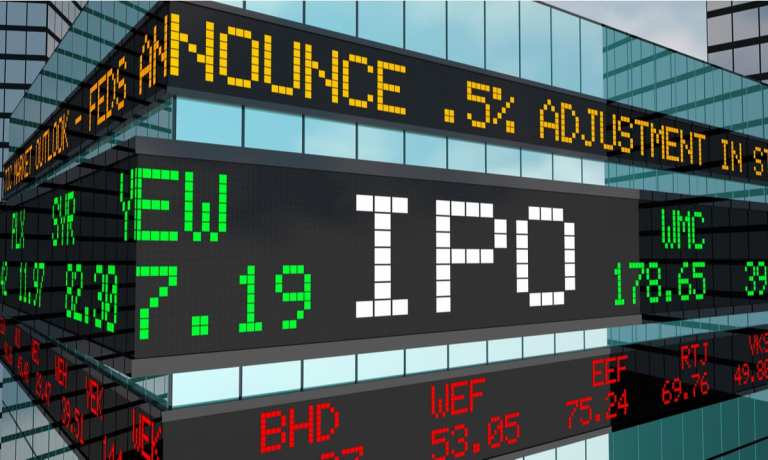Affirm went public earlier this year.
SoFi announced plans to go public via special purpose acquisition company (SPAC) merger with blank-check firm Social Capital Hedosophia Holdings Corp. V.
Billtrust, the B2B accounts receivable automation firm, went public in January. AvidExchange has reportedly been prepping for an initial public offering (IPO).
And in the latest salvo, Flywire filed earlier this month to go public, in a deal that would raise up to a reported $300 million.
Flywire’s S-1 listing with the U.S. Securities and Exchange Commission gives a glimpse into how the company views its markets — and why huge industries such as healthcare are ripe for disruption.
Advertisement: Scroll to Continue
To get a sense of how the tailwinds of cross-border payments and modernizing those payments have been boosting the company, the firm reported first-quarter revenues of $45 million, up 37.6 percent from $32.7 million in the year-ago period. For 2020, the company logged $131.7 million in revenues, up from $94 million in 2019 (operating loss narrowed to $15.8 million from $17.4 million in 2019).
Digging into the filing, Flywire said that it enabled $7.5 billion in total payment volume for the year across 130 currencies and multiple payment types spanning local bank transfers, credit and debit cards, and alternative payment methods (such as Alipay).
At a high level, the company said, “the demand for domestic and cross-border money movement continues to accelerate and global payments present one of the largest market opportunities.”
The greenfield opportunity is sizable, according to the firm, which noted that the current addressable market is $11.7 trillion, with a focus in the education vertical ($660 billion), healthcare ($500 billion) and travel ($530 billion).
The B2B Opportunity
Per the filing, “additionally, our B2B payments offering expands the addressable market for our solutions, which we estimate to be over $10 trillion in addressable B2B payment volume,” Flywire said.
Those verticals, with what Flywire said are “complex accounts receivable needs,” need to move beyond highly manual processes that are both time-consuming and costly. PYMNTS’ own research, in collaboration with Flywire, has revealed that tech firms doing business internationally have spent as much as 3 percent of annual sales on payment processing-related costs. A majority of firms — 75 percent of them — see their AR processes as being only “somewhat effective” at best. Other PYMNTS’ research shows that healthcare firms take an average of 25.3 days to follow up on late payments.
Legacy infrastructure has tied clients to paper-based accounts receivable processes, from invoice to end delivery.
But with automation, said Flywire, “organizations that process substantially all of their accounts receivable by automated or electronic means report half the accounts receivable processing costs of those that do not.”
That might be especially apparent in the B2B payments market, where only about half of invoices are electronic, and, per Mastercard data cited in the filing, more than one-third of B2B/government to business payments have been made by cash or check.
And, “the majority of healthcare payments are still made by check. Likewise, in education, budget shortfalls and jobs impacted by the COVID-19 pandemic, along with rising tuition costs, have added financial strain and created collections problems,” said Flywire.
The company maintains that integrating to a single connection to Flywire, means that “our clients have access to a unique set of payment methods including banks, third-party payment providers, payment networks and digital wallets.” Though many industries lack the digital payments infrastructure that is necessary to meet customer demand, the trend toward digitizing payments is “inevitable,” the company noted.
Read More On IPOs:

